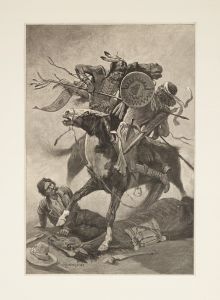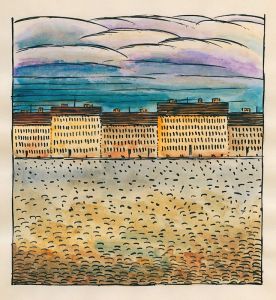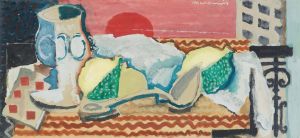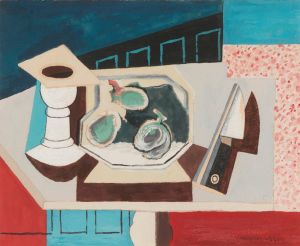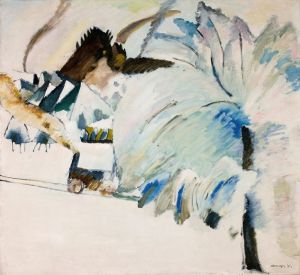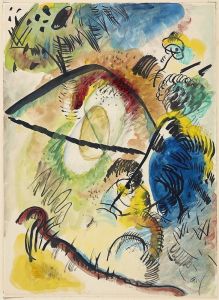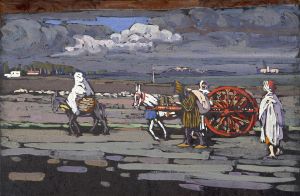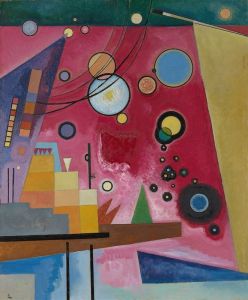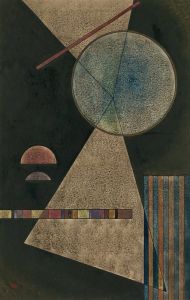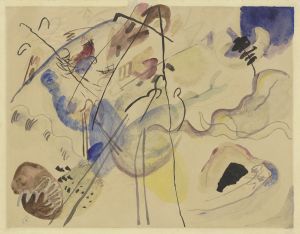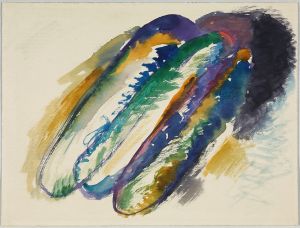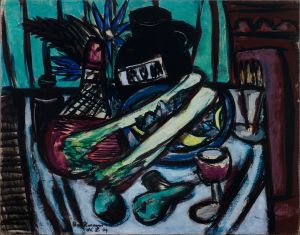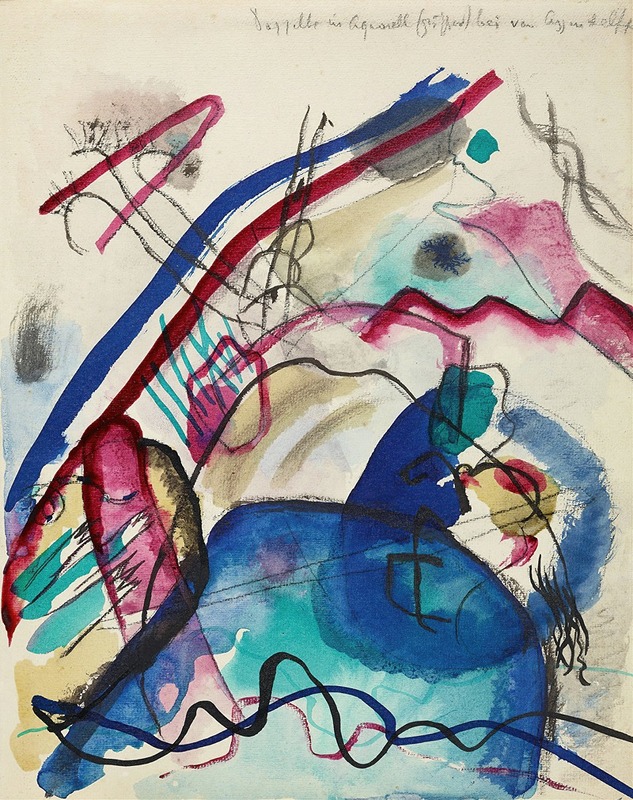
Draft for ‘Picture with a white border’ iv
A hand-painted replica of Wassily Kandinsky’s masterpiece Draft for ‘Picture with a white border’ iv, meticulously crafted by professional artists to capture the true essence of the original. Each piece is created with museum-quality canvas and rare mineral pigments, carefully painted by experienced artists with delicate brushstrokes and rich, layered colors to perfectly recreate the texture of the original artwork. Unlike machine-printed reproductions, this hand-painted version brings the painting to life, infused with the artist’s emotions and skill in every stroke. Whether for personal collection or home decoration, it instantly elevates the artistic atmosphere of any space.
Wassily Kandinsky, a pioneering figure in abstract art, created "Picture with a White Border" (also known as "Painting with a White Border") in 1913. This artwork is one of Kandinsky's significant contributions to the development of abstract art, reflecting his deep interest in the synthesis of color and form to evoke emotional responses.
Kandinsky was born in Moscow in 1866 and initially pursued a career in law and economics. However, he shifted his focus to art in his 30s, studying in Munich and later becoming a key figure in the avant-garde movement. His work is characterized by a bold use of color and a departure from representational forms, which he believed could express profound spiritual truths.
"Picture with a White Border" was created during a period of intense experimentation for Kandinsky. He was associated with the Blue Rider (Der Blaue Reiter) group, which he co-founded with Franz Marc in 1911. This group was instrumental in promoting modern art and exploring the spiritual and symbolic potential of color and form.
The painting itself is notable for its dynamic composition and vibrant palette. It features a complex interplay of shapes and colors, with a prominent white border that frames the central image. This border is not merely a decorative element but serves to enhance the contrast and intensity of the colors within, creating a sense of depth and movement.
Kandinsky's use of color was heavily influenced by his synesthetic experiences, where he perceived colors as having specific sounds and emotional resonances. In "Picture with a White Border," the colors are carefully chosen to evoke a sense of harmony and rhythm, akin to a musical composition. This approach reflects Kandinsky's belief in the connection between visual art and music, a theme he explored extensively in his theoretical writings.
The painting was inspired by a trip Kandinsky took to Moscow, where he was deeply moved by the vibrant colors and dynamic energy of the city. This experience is reflected in the painting's lively composition and the emotional intensity of its colors. Kandinsky sought to capture the essence of his impressions rather than a literal representation, a hallmark of his abstract style.
"Picture with a White Border" is housed in the Solomon R. Guggenheim Museum in New York, where it remains an important example of Kandinsky's innovative approach to abstraction. The painting continues to be celebrated for its bold experimentation and its role in the evolution of modern art.
Kandinsky's work, including "Picture with a White Border," has had a lasting impact on the art world, influencing generations of artists and contributing to the development of abstract art as a major movement in the 20th century. His exploration of the emotional and spiritual dimensions of color and form remains a significant aspect of his legacy.





